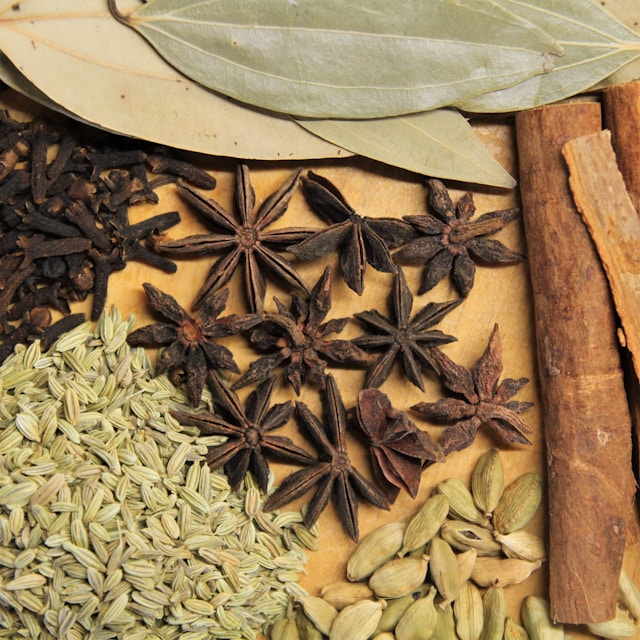W10 Natural Spices Update: Recent Rainfall in Gujarat Spurs Cumin Price Surge Amid Supply Concerns, Turmeric Prices Reach Record High

Rainfall in Gujarat Sparked Concerns as Cumin Prices Surge
The recent rainfall in Gujarat, India, brought relief from soaring temperatures but has caused concern among spice traders and farmers. Despite expectations of a bumper crop this season, cumin prices continued rising. At the Unjha market yard, cumin prices have reached USD 403.37 per 100 kilograms (kg), an 11% increase from two weeks ago. According to the Federation of Indian Spice Stakeholders (FISS), this price surge is due to anticipated quality and yield declines due to the recent rain. Prices have remained subdued until now as current cumin production projections surpass last year's figures. However, with the impact of the rain, prices are expected to firm up. An office-bearer of the Agricultural Produce Market Committee (APMC) in Unjha noted that cumin prices, which had dropped to USD 343.94/100kg in late Feb-24 from over USD 482.72, have once again risen due to the unseasonal rain.
Officials from the Unjha APMC have reported a cumin supply drop as traders hesitate to make purchases and farmers store their produce. Approximately 15% of the crop remains in the fields, posing quality challenges, especially for late-sown crops. Last year, Gujarat and Rajasthan served as significant global cumin suppliers amid reduced production and exports from Syria and Turkey. FISS estimates cumin production in Gujarat to increase by 80% year-over-year (YoY), reaching approximately 254 thousand metric tons (mt) in 2024. Trading of cumin from Rajasthan and Gujarat occurred at the APMC yard in Unjha, where recent rainfall has slowed supply. With some crops yet to be harvested, concerns persist regarding potential declines in quality and yield.
Fennel Production is expected to Surge While Coriander and Fenugreek Decline in Gujarat
According to FISS estimates, fennel production in Gujarat is projected to increase by 119% YoY to 130 thousand mt. Conversely, coriander production is anticipated to decrease by 44% YoY to 158 thousand mt compared to the previous year. Similarly, fenugreek production is estimated to decline by 28% YoY to around 24.62 thousand mt. Meanwhile, many farmers switched to cultivating cumin this year due to favorable prices, leading to a 100% increase in its cultivation area in Gujarat. Despite the bumper production expected, significant price rallies are unlikely, especially with strong demand continuing until June-24.
Turmeric Prices Reach Record High in India Amid Supply Shortage
Turmeric prices have surged to an all-time high of USD 237.74/100 kg in Mar-24, marking a remarkable 205% increase from the low of USD 77.86/100kg recorded in Apr-23. This dramatic rise is due to a significant drop in fresh turmeric supply and uncertainty surrounding cultivable areas. The current season has witnessed a notable decline of 30% to 35% YoY in production, with adverse weather conditions adversely affecting yields. Turmeric supplies are below expectations, primarily sourced from Dharmapuri, Karnataka, and select areas of Erode district. Moreover, cultivated areas nationwide have shrunk by over 30%, with diminishing productivity per hectare further dampening turmeric production prospects. Export demand has also faced challenges, particularly post-Covid, as major importing countries experienced reduced demand amid India's escalating prices. Despite India's dominant position, accounting for 80% of global turmeric production, competing countries offering lower prices, impacting India's export competitiveness.
